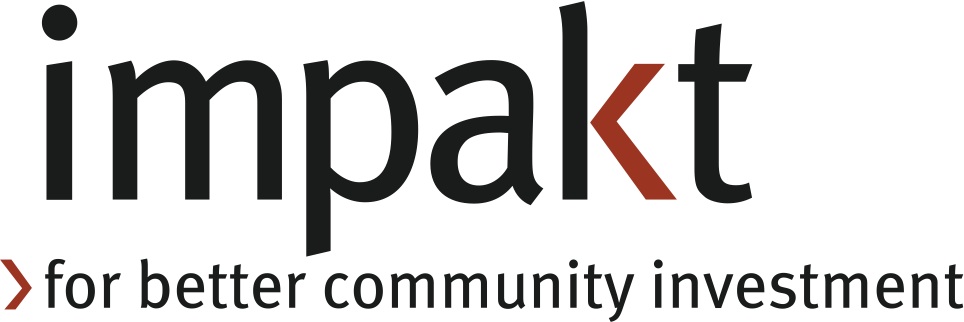Cause Sponsorship: The New Model
The way corporations sponsor causes is changing dramatically. Sponsors are moving from investing in “properties” that deliver quantifiable ROI in terms of impressions, interactions, and sales to developing proprietary social programs that deliver qualitative ROI such as employee and customer trust and engagement.
Here’s the old paradigm: your corporation identifies a cause property (i.e. an event such as a Susan G. Komen Race for the Cure or the Canadian Breast Cancer Foundation’s CIBC Run for the Cure), pays a sponsorship fee to the related charity, and then spends, on average, at least 75 cents per dollar of the sponsorship fee on activating the event through a combination of internal and external marketing and communications.
Here’s the new model: your corporation identifies a social issue that is aligned with its overall community investment strategy and of high relevance to employees and external stakeholders, you develop a proprietary social program and secure one or more charitable organizations as partners, you activate the social program at a much lower cost through direct participation that delivers real engagement and through social media that delivers more reach and is seen as more authentic.
Here’s a great example: This summer, Pepsico’s Frito-Lay division launched a mobile greenhouse designed to help Americans who have never been to a farm learn more about where their food comes from and interact with potato farmers and plants. The Lay’s brand will give away approximately 8,000 individual basil plants to people who participate in the farm experience. And, at each city stop, the brand will donate potato, tomato, onion, pepper and basil plants to non-profit groups that are creating and maintaining community gardens. The Mobile Farm Tour stopped in New York, Boston, Detroit, Chicago, Los Angeles and Dallas.
I’ll be talking more about this important shift at a presentation for the Sponsorship Marketing Council of Canada on September 23rd.
IMPAKT8654

